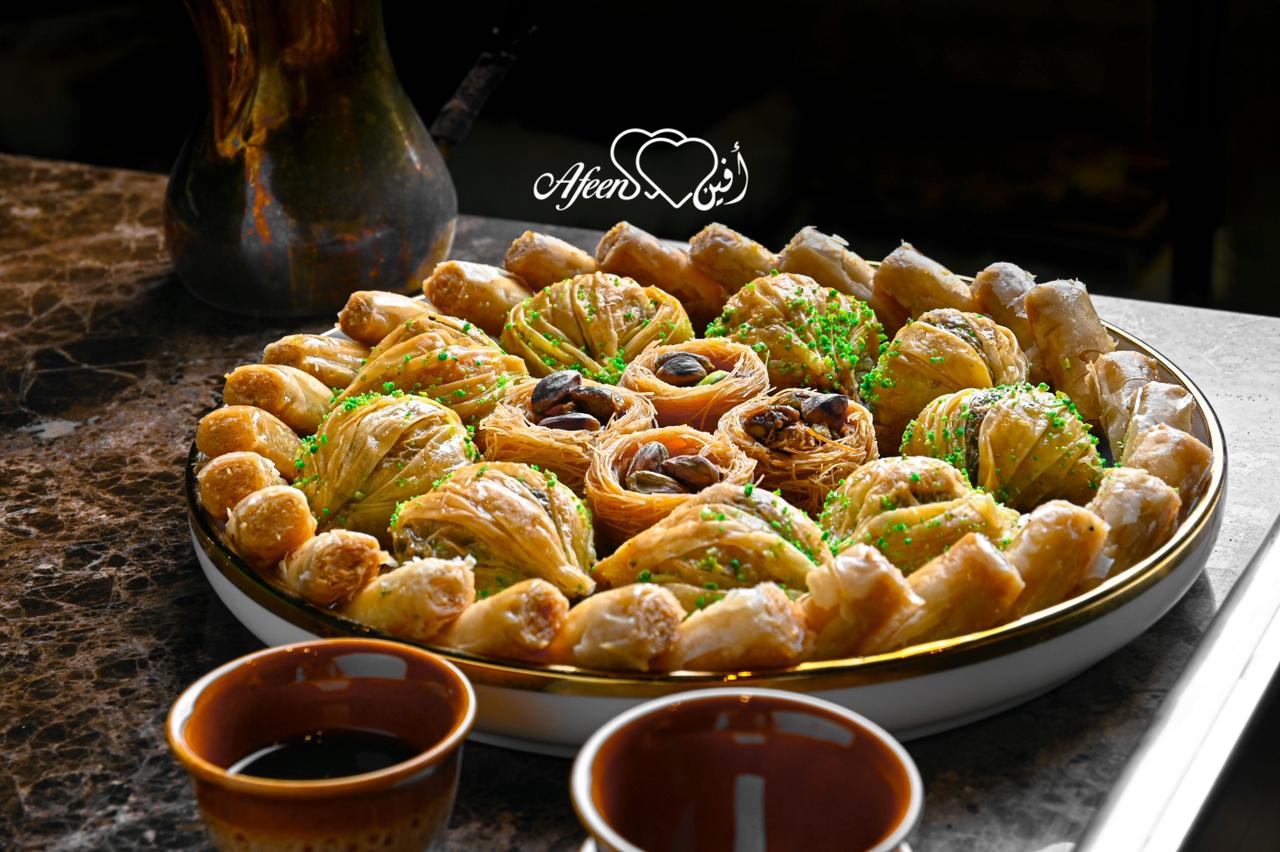Baklava, a dessert synonymous with richness and tradition, holds a special place in Turkish cuisine. Layers of paper-thin phyllo dough, generously filled with finely chopped nuts, and soaked in a fragrant syrup create this sweet masterpiece. Turkish baklava is not just a treat for the taste buds but also a celebration of heritage, craftsmanship, and culinary artistry.
A Brief History
The origins of baklava are as layered as the dessert itself. While its precise beginnings are debated, baklava as we know it today evolved in the kitchens of the Ottoman Empire. Turkish baklava, in particular, has been refined over centuries, becoming a hallmark of Ottoman-inspired desserts and a symbol of hospitality in Turkey.
Ingredients of Turkish Baklava
For the Dough:
- Phyllo Dough
The foundation of baklava, phyllo dough is rolled into ultra-thin sheets for a light and crispy texture.
For the Filling:
Pistachios or Walnuts
Chopped pistachios are the traditional choice, but walnuts are also commonly used for their earthy flavor.
Butter
Melted butter is used to coat each layer of phyllo, ensuring a golden, flaky texture.
For the Syrup:
Sugar
The base of the syrup, adding sweetness to the dessert.
Water
Helps dissolve the sugar for a smooth syrup.
Lemon Juice
Balances the sweetness and prevents the syrup from crystallizing.
Rosewater or Orange Blossom Water (Optional)
Adds a floral, aromatic touch to the syrup.
Preparation Process
1. Preparing the Dough and Filling
- If using store-bought phyllo dough, ensure it is fully thawed. For homemade phyllo, roll the dough into extremely thin sheets.
- Chop pistachios or walnuts finely, creating the filling for the baklava.
2. Layering the Baklava
- Preheat the oven to 180°C (350°F).
- Grease a baking tray and layer the phyllo dough sheets, brushing each sheet with melted butter.
- After layering 10–12 sheets, spread a layer of the nut filling evenly. Repeat the process, alternating dough and filling layers, until all ingredients are used, finishing with 8–10 phyllo layers on top.
3. Cutting and Baking
- Using a sharp knife, cut the layered baklava into diamond or square shapes before baking.
- Bake for 45–60 minutes, or until the top is golden and crisp.
4. Making the Syrup
- While the baklava bakes, prepare the syrup by boiling sugar, water, and lemon juice until it thickens slightly. Add rosewater or orange blossom water for extra flavor if desired.
5. Soaking the Baklava
- Once the baklava is baked, pour the warm syrup evenly over the hot dessert, allowing it to soak into the layers. Let it cool to room temperature before serving.
Variations of Turkish Baklava
- Fistikli Baklava
Made with pistachios, this is the most classic and popular version. - Cevizli Baklava
Features walnuts as the primary filling for a richer, nutty taste. - Sütlü Nuriye
A lighter variation made with milk in the syrup. - Chocolate Baklava
A modern twist incorporating chocolate layers or drizzles.
Tips for the Perfect Baklava
- Use high-quality nuts and fresh phyllo dough for the best flavor.
- Brush each layer of phyllo generously with butter to achieve crisp, golden layers.
- Allow the syrup to fully absorb before serving for optimal sweetness and texture.
Conclusion
Turkish baklava is more than a dessert; it's a culinary art form that embodies centuries of tradition and skill. Whether served at festive gatherings, weddings, or as a gift, baklava represents the joy and hospitality of Turkish culture.
Its balance of sweetness, crunch, and aromatic flavors ensures it remains a timeless treat, cherished by dessert lovers worldwide. Treat yourself to this delectable experience, and savor the taste of authentic Turkish baklava.

 December 21, 2019 - BY Admin
December 21, 2019 - BY Admin